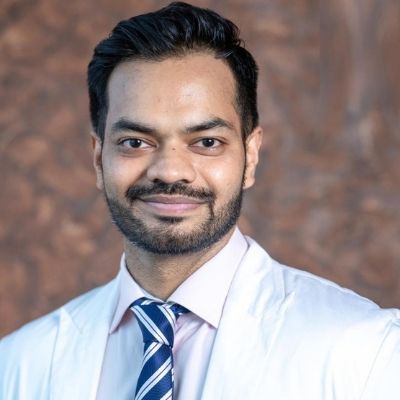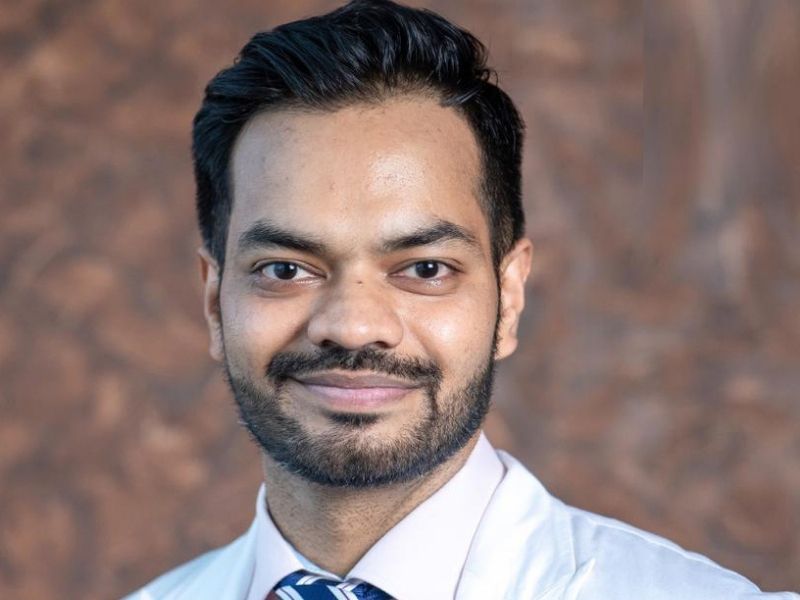
– Dr. P Vijay Karan Reddy, Consultant Oncologist, Apollo Cancer Institute, Hyderabad
Childhood cancer in India accounts for 0.7-4.4 % of total cancer diagnoses. One million new cancers are diagnosed annually in India and about 50,000 of them are paediatric cancers. Low and middle-income countries like India, account for nearly 90 % of paediatric population and more than 80% of childhood cancer burden in the world. However, the incidence recorded in India is lower than expected especially in leukaemia and CNS tumours likely due to delayed recognition and insufficient documentation which is done only in a few tertiary centres.
Common childhood cancers in India:
Leukaemias and Lymphomas are the most common cancers in children in India followed by CNS tumours and Retinoblastoma. Other cancers include:
Neuroblastoma
Wilms’ tumour
Bone tumours
Osteosarcoma
Ewing’s sarcoma
Rhabdomyosarcoma
Contrary to general belief, only 5% of paediatric cancers are genetic. Identifying the disease early and getting a protocol based treatment with a paediatric oncologist and ensuring fewer treatment dropouts is of paramount importance to improve survival and cure rates of paediatric cancers in India.
Symptoms:
Children with cancer present late with more advanced stage because of poor awareness, delayed diagnosis and also in children it can be hard to recognise right away because early symptoms are often like those caused by much more common illnesses or injuries. It is important to have your child checked by a doctor if they have unusual signs or symptoms that do not go away, such as:
- An unusual lump or swelling in extremities
- White reflex in the eye
- Unexplained paleness and loss of energy
- Easy bruising or bleeding
- Ongoing pain in one area of the body
- Limping
- Unexplained fever or illness that doesn’t go away
- Frequent headaches, often with vomiting
- Sudden eye or vision changes
- Sudden unexplained weight loss
Treatment:
The cure rates for paediatric cancers is very high, around 85-90%. However, this percentage is only about 70-80% in a country like India where late diagnosis, lack of access to proper healthcare/expert treatment and treatment abandonment being major hurdles in management.
The treatment of paediatric cancers comprises a combination of mostly chemotherapy and surgery with radiation therapy had fewer indications. It largely depends on the type and stage of cancer. For liquid tumours, chemotherapy with or without bone marrow transplant is the only treatment and for CNS tumours and few solid tumours, surgery along with radiation and sometimes radiation alone becomes the mainstay of management.
Survival:
When we say “survival” in paediatric cancers, it means two things that have to be complementary to each other to achieve the best. One, the survival from the disease itself and second, survival from the side effects post-treatment. Survival from the disease, when it is detected early and the child is given protocol based expert treatment, is high. However, post-treatment survival, in India is suboptimal due to a lack of awareness and a good support system. This has now become an integral part of improving “survival” in paediatric cancer patients, giving them not only a life but as much a normal life as possible.
Going forward:
The ways in which we can improve survival of paediatric cancers in India are:
- Education of parents and the general population about common childhood cancers and its high curability.
- Training of healthcare workers and general practitioners/ paediatricians for recognising early signs of childhood cancer.
- Pre-treatment counselling to caregivers, regarding treatment and need for complete treatment under expert care to achieve good outcomes.
- Increasing decision making through multi-disciplinary tumour boards to ensure proper and complete treatment delivery
- Use of modern technology and newer treatment options including targeted therapy/proton therapy which ensure high cure rates along with a normal life post-treatment.
Also read:
